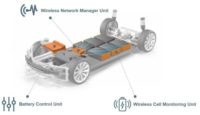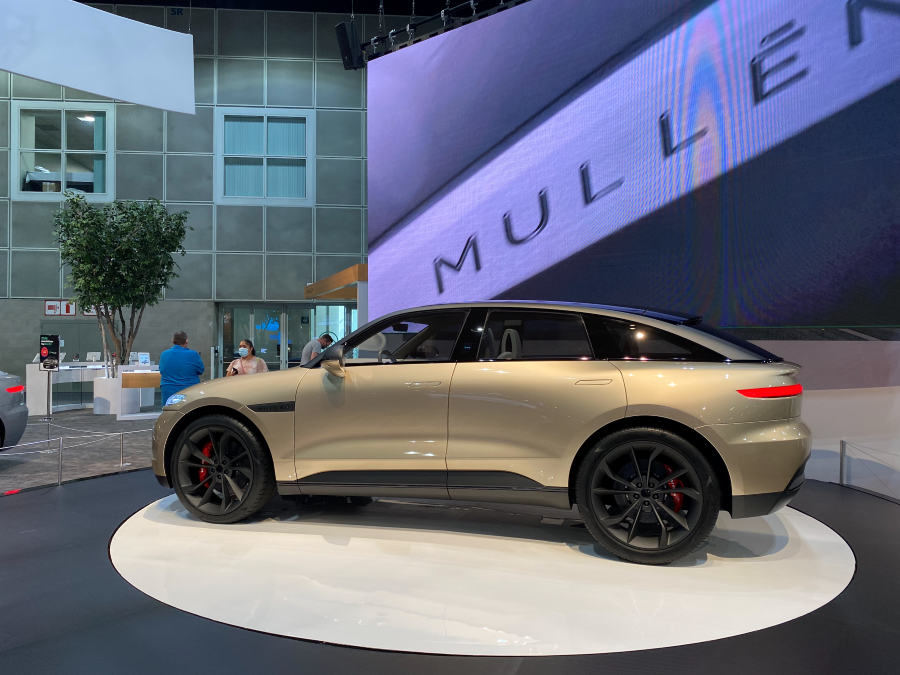SEOUL, South Korea—Automotive engineers have been intrigued by drive-by-wire technology for decades. In particular, steer-by-wire systems hold the most promise, because they eliminate traditional mechanical connections between the steering wheel and the front wheels of a vehicle.
Instead, turning the steering wheel sends instructions to an electronic control unit that actuates an electric motor that controls the steering angle of the wheels. The elimination of steering columns, gears, joints, shafts, tie rods and other types of linkages opens up the possibility of new types of interior configurations.
By replacing traditional mechanical connections, steer-by-wire systems are considered to be a key component of autonomous vehicle technology. Among other things, interior styling is easier and more versatile due to the absence of a steering column. There’s also more space available in the engine compartment.
Several Tier One suppliers have been developing steer-by-wire technology, including Mando Corp, Nexteer, ThyssenKrupp and ZF. In fact, Mando just received an Innovation Award at the 2021 CES show for its SbW product.
According to Mando, by replacing mechanical movement with a pure electronic product, automotive engineers can achieve “great architectural freedom to vehicle design. If a steering wheel disappears, the indoor space utilization can be maximized. In a fully autonomous vehicle, the driver becomes a passenger and the vehicle space turns into a living space. The driver's seat can also be rotated 180 degrees to face other passengers. More diverse self-driving experiences, such as reading, playing games and watching movies, will be possible.”
Mando plans to begin assembling its steer-by-wire technology next year at its plant in Opelika, AL. The company also produces brake systems at a factory in Hogansville, GA.



